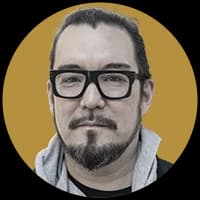Too Real, Yet Too Wild To Be Believed: the Fantasy Landscapes of Wu Chi-Tsung at the Katonah Museum of Art
The Taiwanese artist presents images that appear both hyperreal and indeterminate, a vision of nature that resists any fixed reading.

‘Wu Chi-Tsung: Synchronicity’
Katonah Museum of Art, 134 Jay Street Katonah NY, 10536
Until October 1, 2023
Please check your email.
A verification code has been sent to
Didn't get a code? Click to resend.
To continue reading, please select:
Enter your email to read for FREE
Get 1 FREE article
Join the Sun for a PENNY A DAY
$0.01/day for 60 days
Cancel anytime
100% ad free experience
Unlimited article and commenting access
Full annual dues ($120) billed after 60 days

